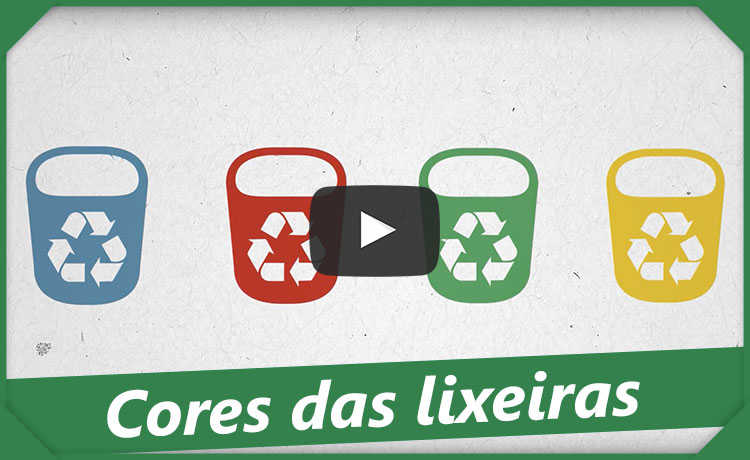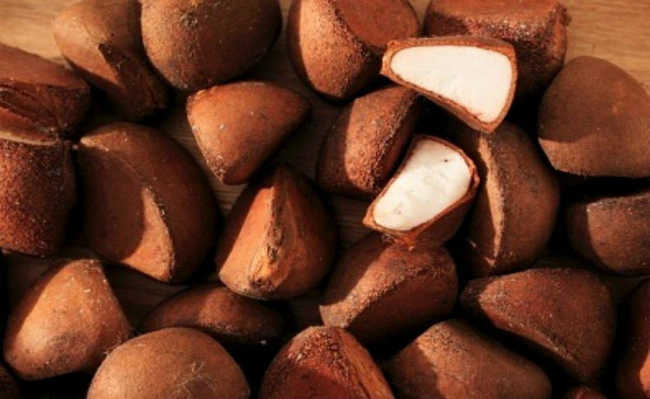PET bottle: from production to disposal
Understand everything about the PET bottle and know the best way to dispose of it

Resized image by Steve Johnson, is available on Unsplash
The PET bottle is already part of our daily lives, as it is used to pack practically all liquids, from medicines to drinks. But it can also be found in other types of packaging and in other sectors of the industry, such as textiles, which use the material as a raw material for manufacturing fabrics.
However, despite being a product 100% recyclable and with low production cost, inadequate manufacturing and disposal make the PET bottle represent potential harmful effects for the environment and human health.
Story
PET is a type of thermoplastic resin from the polyester family, which is used as a synthetic fiber, as a raw material for packaging, and as an engineering resin, in combination with fiberglass.
Patented in 1941 by workers at the Calico Printer's Association, in Manchester, England, PET was used for the first time by DuPont American, for textile purposes, in the beginning of the 1950s. It was only in the early 1970s that the chemical compound began to be used in the manufacture of packaging.
In Brazil, PET arrived only in 1988, also for applications in the textile industry. From 1993 onwards, it began to be used in the manufacture of beverages and, due to its low production costs, practicality and lightness, it quickly replaced the returnable glass bottle, which was quite common at the time.
Environmental impacts
Plastic, including PET, is the main pollutant found in the oceans. In some regions known as ocean gyres – large systems of “circular” sea currents that function as vortices and are related to large wind movements – pollution is so great that some environmentalists claim that plastic has already become part of the ocean's composition.
Similar situations can already be seen in other places in the world, such as the Great Lakes region, on the border between Canada and the USA.
Another serious problem is microplastics. These small particles, smaller than five millimeters, have the ability to absorb toxic chemical compounds such as persistent organic pollutants (POPs). When ingested by an animal, the microplastic can either kill by suffocation or poisoning by POPs.
Intoxication caused by POPs is bioaccumulative and biomagnified, which means that when feeding on an intoxicated animal, the predator also suffers from the same problem. It is a serious problem that can affect both people, who can feed on contaminated fish, and the environment, which can cause an imbalance in the food chain.
- There are microplastics in salt, food, air and water
Recycling
The recycling chain plays an important social role in Brazil. It is a branch that involves several cooperatives and poor people who make the collection and sale of recyclable materials their main, and in many cases, their only source of income.
Even so, the situation regarding the disposal of this type of product is extremely worrying. Studies that analyze this market point to several problems, such as the poor distribution of cooperatives.
There are approximately 500 recycling companies in Brazil that generate around 11,500 jobs and an annual turnover of 1.22 billion reais. The problem is that 80% of these companies are located only in the Southeast region, which indicates the fragility of this type of activity in Brazil as a whole.
According to the Brazilian Association of the PET Industry (Abipet), around 50% of the discarded product is recycled annually. A low number, compared to the recycling of aluminum cans, which, according to data from the Brazilian Association of Manufacturers of Highly Recyclable Cans (Abralatas), is already over 90%, a rate higher than that of the USA, Japan and Europe .
- Can seal: to remove or not to remove from aluminum can?
sustainable option
It is possible to handle PET bottles sustainably, and the upcycle is one of them. Designers have already created products such as cell phone chargers, lamps, benches and even jeans using this type of material.
you can also do upcycle! To find out how to pack your food using PET bottles, read our special article and visit our Take it Take section.
But if you can't do upcycle and the city hall of your city does not offer the service of selective collection of recyclable material, consult collection points closer to your home in the search engine of the Portal eCycle .
Returnable packaging, both glass and models made with PET, are making a comeback. And they are excellent alternatives to overuse of disposable bottles.
Contributing

The recycling process is related to other problems, in addition to those mentioned above, such as the emission of carbon dioxide and the use of water and energy. Even so, it is essential for waste reduction. However, the most important idea is always to reduce the consumption of PET bottles.
For this, avoid buying drinks packaged in small bottles, preferring, whenever possible, economical packaging or gallons. Another suggestion is to use reusable aluminum or steel bottles, always filling them with filtered water before leaving the house. Avoid reusing your PET bottle to drink water, find out why in the article: "Plastic water bottle: dangers of reuse".










